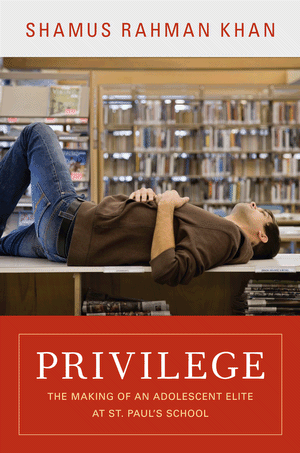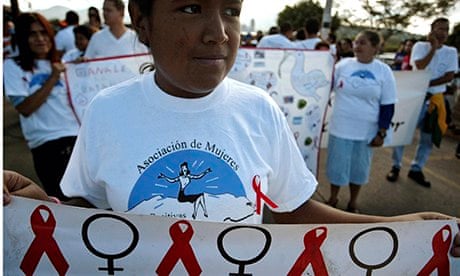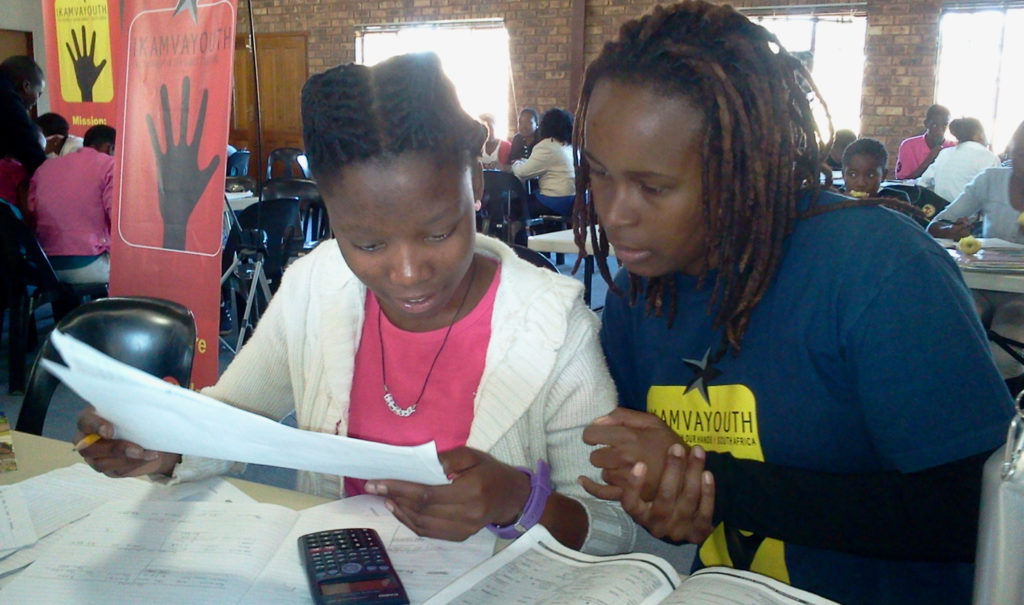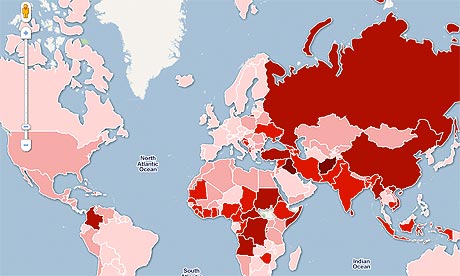
Last week the luxury resort Forte Village experienced a great deal of backlash for promoting its “Barbie VIP packages” aimed specifically at young girls. Forte Village advertises the experiences as an opportunity for girls to explore beauty, fashion, and glamor and—with the help of stylists—prepare themselves and their Barbie dolls to walk the runway. Those critical of the extremely expensive (£364, or nearly $600) weeklong getaway include feminist writers, Twitter users, bloggers, and moms. Most critiques seem to focus on the extent to which these Barbie VIP packages are unnecessarily gendered, and rightly so. The idea that only girls can participate in the pink world of Barbie both excludes and ostracizes kids of other gender identities who enjoy fashion, makeup, and dolls.
The issue of exclusivity extends beyond gender: at first glance, exclusive marketing seems to be directly at odds with Mattel’s history of universal Barbie consumption. Mattel has (at times quite unsuccessfully) attempted to push Barbie sales all over the world both with “standard” blonde Barbies as well as through its appropriative “Dolls of the World” series comprised of different incarnations of culturally stereotyped Barbies. Thus, it would seem that Mattel would want Barbie established as a global as well as a household name. But this can only be a reality for some households. Even from her inception, Barbie was a decidedly upper-middle class reflection of Ruth Handler, the mother-turned-entrepreneur who “created” her. Indeed, scholars, critics, and consumers refer to Barbie as though she were a real person, a fantasy encouraged by the services Forte Village provides such as doll-and-girl manicures.
As omnipresent as Barbie may be, she has always been a status symbol as well. Girls who could dress their dolls in a plethora of individually sold outfits, provide ever-expanding “dream houses” for Barbie to live in, and supplement their first Barbie with companion dolls and accessories stood apart from those whose working class parents may not have had the time or finances to furnish complete Barbie worlds. Even today, Mattel continues its tiered marketing by boasting several lines of collector dolls that can cost hundreds of dollars. Thus, Mattel seems to contradict itself: the company that lauds Barbie as an accessible means of imaginative play is actually more focused on tailoring its products to those who can experience Barbie in excess, from lunchboxes to school supplies to clothing to these elite vacation packages.
However, a more inclusive marketing scheme wouldn’t make the Forte Village situation much less troubling. For the families who choose this vacation package, Barbie is not a mode of exploratory self-expression; she becomes a restrictive guideline that forces girls to perform an artificially constructed form of femininity that refuses to recognize Barbie’s impacts on our understanding of class and gender. Barbie has always been aspirational in nature, and this VIP package is no different: in choosing between the “Pink” level or “Glamour” level experiences, girls are taught as early as two years old that they should expect and aspire to a world where femininity means exclusive VIP treatment; where the reward for properly performing girliness is pampering and attention.
Moreover, this class exclusivity will likely inform girls’ perceptions of which types of people can perform these services for them. Is there a racial, ethnic, gender, or class difference between the stylists, the makeup artists, and the manicurists? And how does one reconcile life at the resort with life in the Barbie World, or life in the real world? Barbie’s mottos have always encouraged girls to do anything; to be who they want to be. But from what I can discern about this resort, girls are confronted with an extremely limited array of gender possibilities and socially appropriate hobbies. What good are Barbie’s 150 careers then? Disappointingly but perhaps not surprisingly, Forte Village strips Barbie of any redeeming qualities or exploratory possibilities, and turns her into a tool for teaching a monolithic vision of gender, capitalism, and consumerism.
(Photo credit: The Guardian / Alamy)






